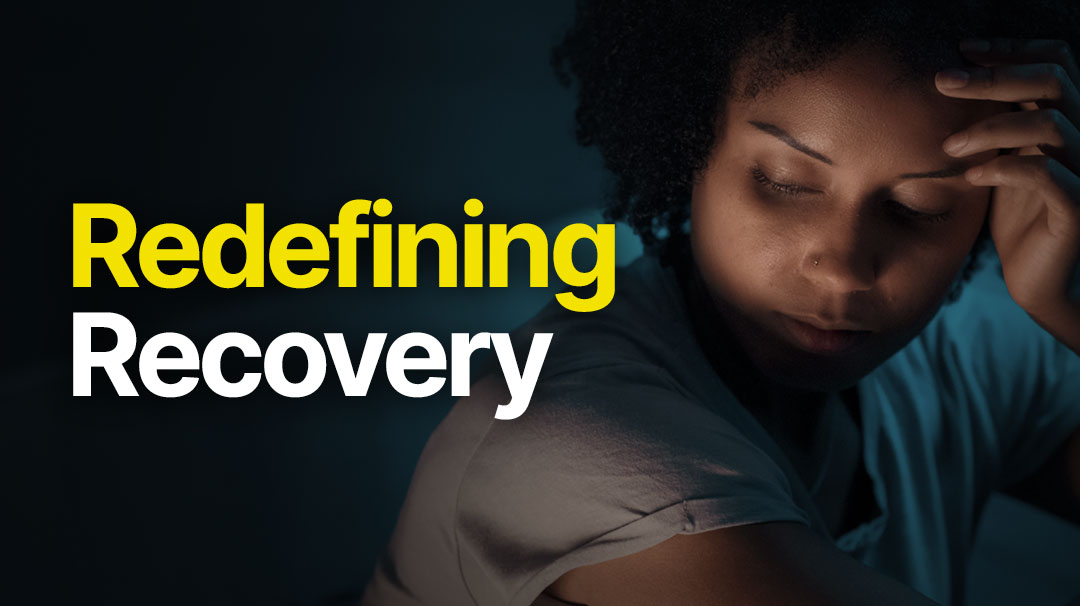We find ourselves at an urgent crossroads as a society, one that is deeply troubling to me as somebody in recovery. We are unquestionably confronted by a public health crisis that demands our fullest attention: Substance Use Disorder (SUD). Now more than ever, traditional models of treatment and intervention are being put to the test by new and potent substances, like Nitazene. This synthetic opioid is linked to higher rates of cardiac arrest and even demands larger doses of naloxone for effective revival. You can learn more here. The time has come to think more broadly, and to innovate how we approach recovery and treat those who are suffering.
The Shifting Sands: Understanding Nitazene and Its Implications
Trying to keep up with the ever-changing world of addictive substances is akin to chasing a mirage — always elusive, always evolving. Nitazene is the latest substance to storm onto the scene, and its potency demands that we urgently revisit our current protocols. It’s crucial that we understand that this isn’t just a “Nitazene problem” (just like it wasn’t just a “Fentanyl problem” or a “Xylazine problem”). The opioid (and SUD) epidemic is an ongoing, ever-evolving challenge that threatens to outpace our existing solutions unless we become more proactive.
The Imperative of Sustainable Recovery
It’s time to pivot from merely ‘reacting’ to these threats to ‘preventing’ and ’empowering’. We can’t just focus on putting out fires; we have to rethink the landscape of SUD altogether. This extends far beyond immediate medical intervention. It includes emotional support, education, community engagement, and life skills training, all aimed at sustaining the individual’s recovery and successfully reintegrating them into society.
Pretaa: More Than Just Treatment, It’s a Lifelong Journey
Enter Pretaa. It’s not merely a program, it’s an ecosystem designed around the multifaceted experience of every individual in the journey to recovery. Pretaa is comprehensive, dynamic, and tailors itself to the unique needs and challenges each person faces. This approach makes recovery not just a possibility, but a sustainable outcome.
Beyond Today: Why Comprehensive Approaches Matter
So, where does this leave us? As we reassess our priorities and consider how best to allocate resources, we must understand that this is not about isolated incidents or “bad choices”. This is about people and the whole of their experiences. It is about complex, valuable lives caught in the challenging cycle of SUD and other behavioral health challenges..
Investing in comprehensive programs like Pretaa doesn’t just offer a lifeline to individuals; it strengthens the social fabric, making us all more resilient to the new challenges that will undoubtedly emerge. It’s not just about neutralizing the immediate threat of substances like Nitazene — it’s about paving the way for healthier, more fulfilling futures for everyone.
So let’s not wait for another wake-up call. The need is clear, and the time for a robust, comprehensive approach is now. Let’s invest in not just treating, but truly empowering those affected by Substance Use Disorder. Let’s aim to safeguard not just the present, but also our collective future.
Till next time, Eliza Foltz

